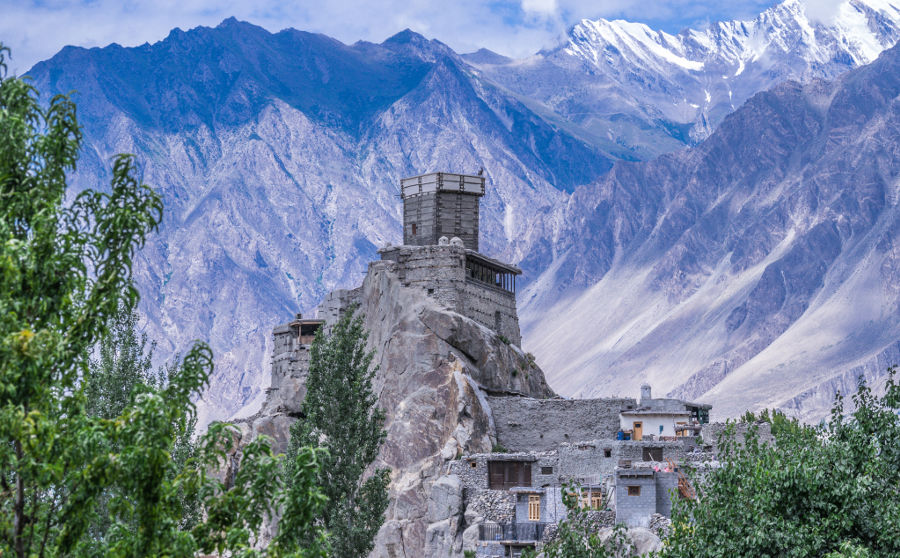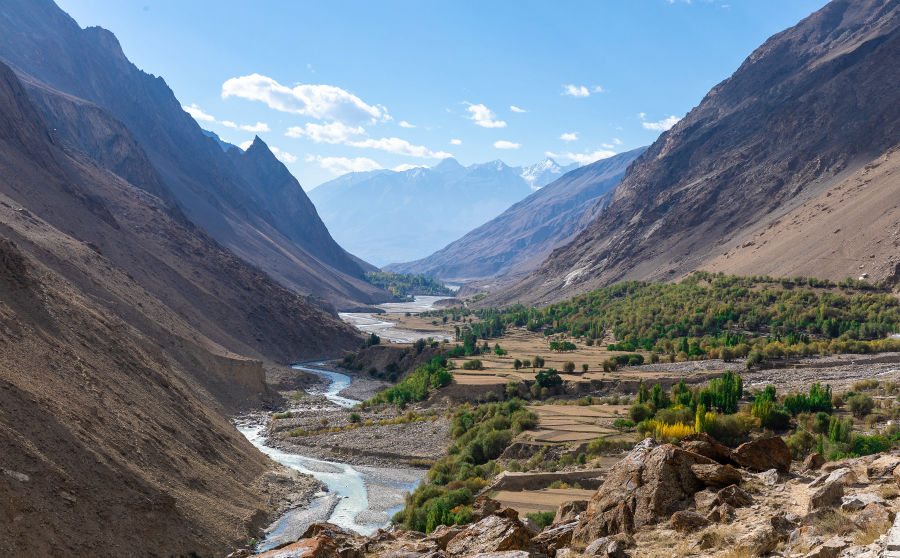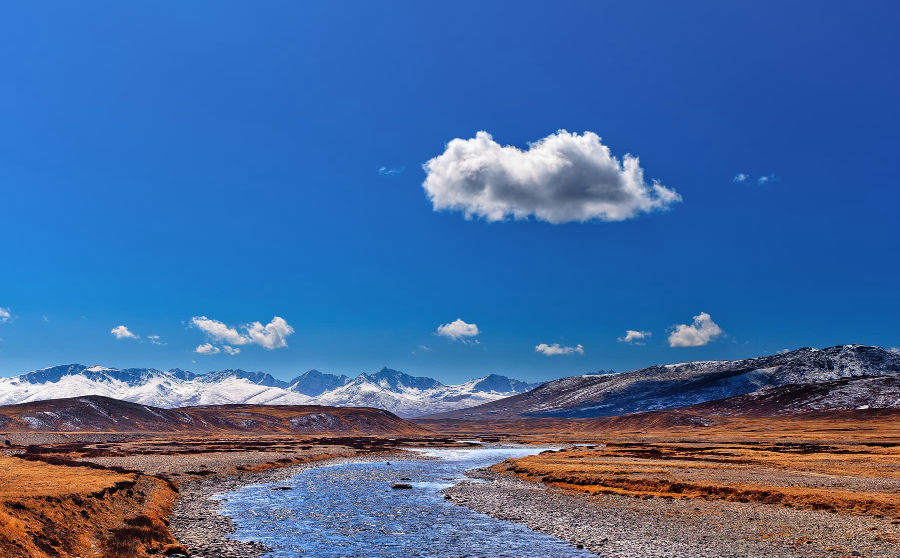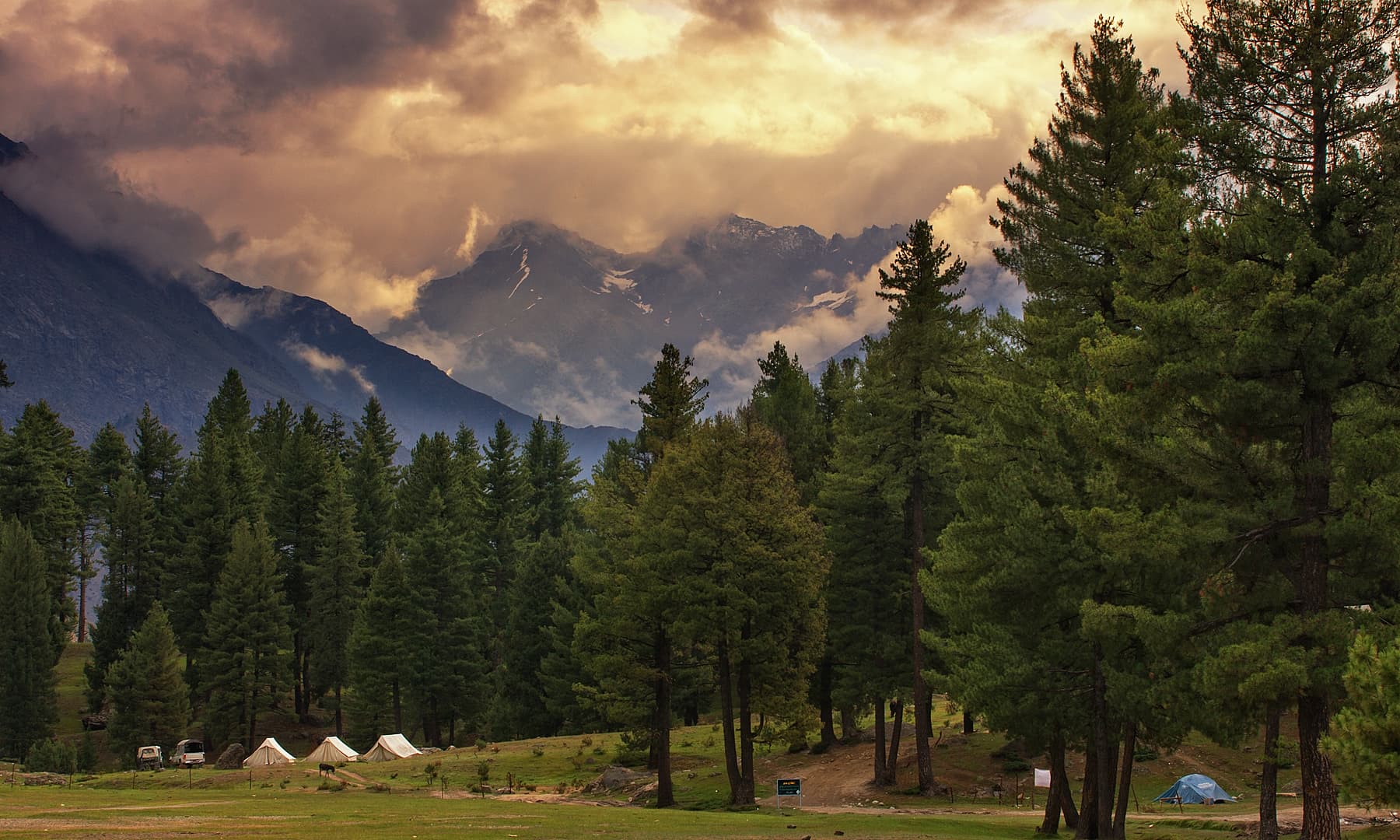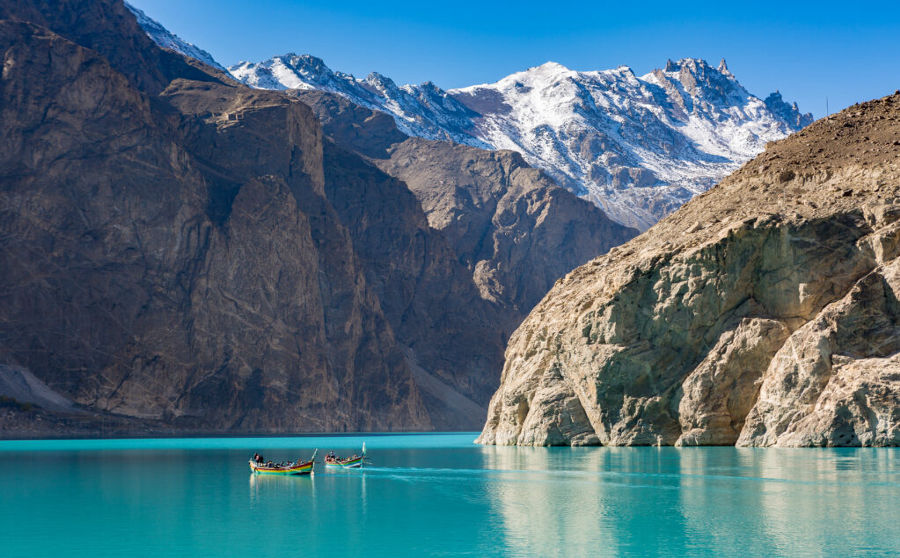Hunza Valley, in Gilgit-Baltistan, Pakistan, is renowned not just for its stunning beauty and virgin lakes but also because of its diverse cultural heritage. The valley features a number of ancient forts as reminders of its glorious past and testaments to the region’s architectural prowess and historical importance. Below is an overview of some of the finest forts in Hunza:
1. Baltit Fort
Sitting atop a hill overlooking the stunning Hunza Valley, Baltit Fort is one of Pakistan’s most iconic historical sites. The 700-year-old fort was once home to the rulers of Hunza and has been renovated many times throughout the centuries. The building, with its Tibetan, Kashmiri, and Central Asian architectural influences, boasts wooden balconies, stone walls, and beautiful carvings.
Baltit Fort has become a museum, where one can view ancient relics, royal dresses, and historical records. One can walk through the corridors of the fort, get breathtaking views of the valley, and hear about the historic past of Hunza. The fort is conveniently located near Karimabad, the capital town of Hunza.
FUN FACT:
Baltit Fort is over 700 years old and was once the royal residence of the Mirs of Hunza! The fort’s design is influenced by
Tibetan architecture, and it was even restored with help from the Aga Khan Trust for Culture to preserve its historic beauty.Location: Baltit Fort is perched on a hill above Karimabad, the capital of Hunza, offering panoramic views of the valley.
Weather (Best Time to Visit): The best time to visit Baltit Fort is from May to October when the weather is mild, and the skies are clear, making it perfect for sightseeing.
What to Explore:
- Ancient artifacts & royal relics – Get a glimpse of Hunza’s royal history.
- Wooden balconies & intricate carvings – Unique Tibetan and Kashmiri architectural influences.
- Panoramic view of Hunza Valley – Enjoy breathtaking sights from the fort’s high vantage point.
- Museum tour – Explore historic documents, weaponry, and old royal attire.
- Guided storytelling tours – Hear fascinating stories about the rulers of Hunza.
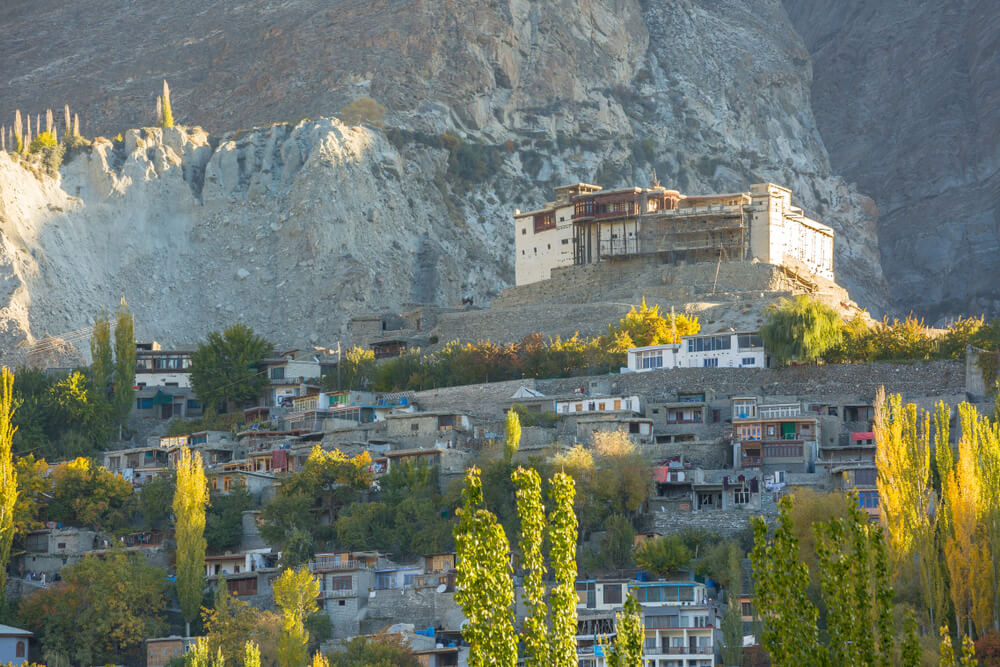
2. Altit Fort
Altit Fort is another ancient wonder in Hunza, famous for its impressive architecture and historical significance. Situated in the village of Altit, the fort is more than 900 years old, making it one of the oldest monuments in the area. Altit Fort was initially constructed as a defensive fortress, but later it served as the residence of the royal family before they shifted to Baltit Fort.
One of the highlights of Altit Fort is its watchtower, which provides breathtaking views of the surrounding mountains and the Hunza River. The fort has been restored with great care and now functions as a cultural center where tourists can learn about the customs and way of life of the Hunza people. The Altit village, with its stone houses dating back centuries and verdant apricot orchards, nearby adds to the beauty of this historic site.
Location: Altit Fort is located in the village of Altit, approximately 3 km from Karimabad, overlooking the Hunza River.
Weather (Best Time to Visit): The ideal time to visit Altit Fort is between May and October when the temperatures are comfortable, and the surrounding apricot orchards are in full bloom.
What to Explore:
- 900-year-old architecture – One of the oldest forts in Hunza.
- The famous watchtower – Offers stunning views of the Hunza River and valley.
- Traditional Hunza culture exhibits – Learn about the customs and way of life of the local people.
- Ancient stone houses in Altit Village – A walk through time in one of the oldest settlements.
- Apricot orchards & local cafes – Relax and experience the flavors of Hunza.
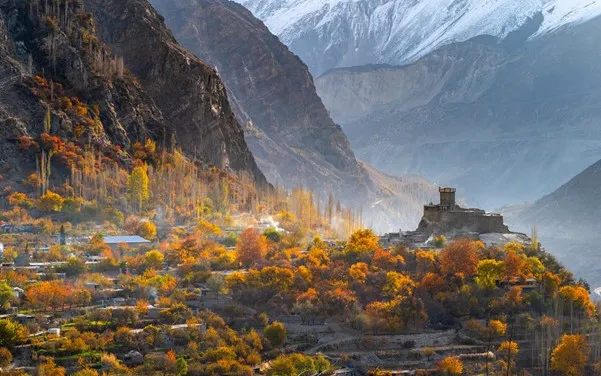
3. Kha Basi Fort
Kha Basi Fort at Ganish village is one of the lesser-known but important forts of Hunza. While the larger Altit and Baltit forts were centers of administration, Kha Basi Fort was the residence of the ruling Mir’s mother. Its distinct structure made up of traditional wood and stone gives evidence of the local architectural style.
The fort is in good condition and gives visitors an insight into the lives of Hunza’s royal families. The fort also gives a beautiful view of the Hunza River and the surrounding valleys. Its serene location makes it a perfect place for history buffs who want to visit less-touristy places in Hunza.
Location: Kha Basi Fort is situated in Ganish village, approximately 4 km from Karimabad, near the banks of the Hunza River.
Weather (Best Time to Visit): The best time to visit is from May to October when the weather is pleasant, and the village is in full bloom.
What to Explore:
- Traditional wooden and stone architecture – A fine example of local craftsmanship.
- Residency of the Mir’s mother – Discover the fort’s unique historical significance.
- Scenic views of the Hunza River – Ideal for photography and relaxation.
- Less touristy atmosphere – A peaceful spot to explore away from the crowds.
- Cultural heritage sites nearby – Visit ancient mosques and shrines in Ganish Village.
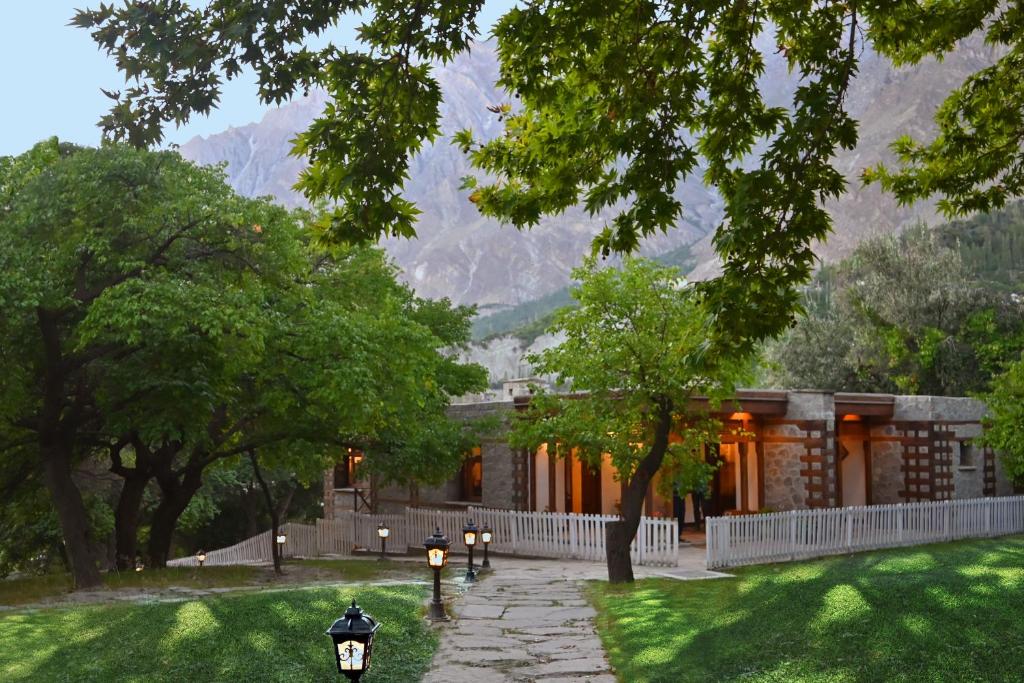
4. Ganish Fort
Ganish Fort exists in ancient settlement Ganish, the most historic village in Hunza. This fort, the ancient village Ganish, is already accepted for its history and culture. The fort, along with the existing architecture, old mosques, and towers, gives one an understanding of the tremendous expertise of early dwellers in Hunza.
What sets Ganish Fort apart is its preservation of traditional heritage. The narrow streets of Ganish can be walked, the fort viewed, and the distinctive mix of Hunza’s Islamic and Buddhist heritage experienced.
Location: Ganish Fort is located in Ganish Village, the oldest settlement in Hunza, about 5 km from Karimabad.
Weather (Best Time to Visit): The best time to visit Ganish Fort is between May and October, when the weather is ideal for exploring the historic village and fort.
What to Explore:
- Historic village of Ganish – The oldest settlement in Hunza.
- Preserved ancient architecture – Featuring old mosques, watchtowers, and storage houses.
- UNESCO award-winning cultural heritage site – Recognized for its restoration efforts.
- Blend of Buddhist and Islamic influences – Showcased in carvings and village structures.
- Narrow alleys and traditional Hunza houses – Experience the centuries-old way of life.
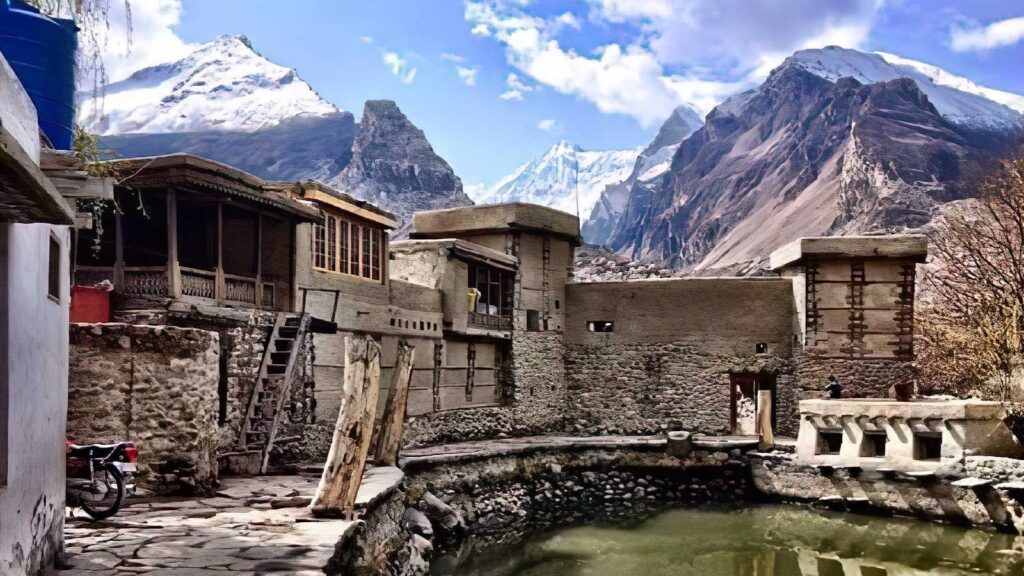
Takeaway
Hunza forts provide an interesting excursion into the history of the valley, giving one a glimpse into the rich history, culture, and architectural excellence of the region. From the grandeur of Baltit and Altit forts to lesser-known but equally important Kha Basi and Ganish forts, each fort has a tale of power, endurance, and heritage. If you are visiting Hunza, be sure to visit these wonderful forts to get a feel of the region’s history firsthand.

FAQs about Forts in Hunza
Which are the most famous forts in Hunza?
The most famous forts in Hunza are Baltit Fort, Altit Fort, Kha Basi Fort, and Ganish Fort.
How old is Baltit Fort?
Baltit Fort is over 700 years old and has been renovated multiple times to preserve its historical significance.
What is unique about Altit Fort?
Altit Fort is one of the oldest forts in Hunza, dating back over 900 years. It is known for its striking watchtower and stunning views of the Hunza River.
Where is Ganish Fort located?
Ganish Fort is situated in Ganish Village, the oldest settlement in Hunza, and is recognized for its rich cultural and architectural heritage.
Can visitors explore the forts inside?
Yes, Baltit Fort and Altit Fort have been converted into museums, allowing visitors to explore their historical artifacts, old royal quarters, and architectural features.
What role did Kha Basi Fort play in Hunza’s history?
Kha Basi Fort served as a residence for the ruling Mir’s mother and is a fine example of traditional Hunza architecture.
Are the forts well-preserved?
Yes, forts like Baltit and Altit have been carefully restored and maintained with the help of cultural preservation organizations.
Is there an entry fee for visiting the forts?
Yes, there is a small entry fee for Baltit and Altit Forts, which helps with their maintenance and preservation.

